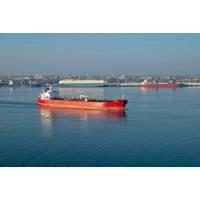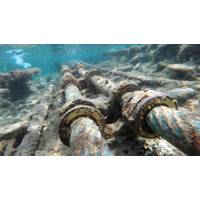Oil Train Risks Impact U.S. School Kids
Thousands of U.S. schools sit along rail corridors used to carry toxic substances such as crude oil and would be at risk in the event of a derailment, an environmental group said on Tuesday as it called for a temporary halt on oil trains.
ForestEthics said its analysis of U.S. Department of Education data show nearly 15,000 schools with 5.7 million students sit inside the so-called 'blast zone', the one-mile area along railroad tracks the U.S. Department of Transportation (DoT) recommends be evacuated in case of crashes.
The DoT moved in May to lower maximum speeds to 40 miles per hours in cities, phase out older tank cars that can puncture, have carriers use safer routes, and require better brakes after a string of accidents.
But environmental groups say traffic should be stopped until even stricter rules are introduced.
They say oil train speeds should be made even slower, even though many trains crawl through some neighborhoods, and that older cars should be taken off the rails right away.
They also want railroads to make public where and when they are running trains with toxic substances so local emergency responders can better prepare for accidents.
To be sure, a series of oil train derailments over the last few years in the United States have caused fiery explosions but no fatalities.
Still, safety advocates say it is just a matter of time before a big accident occurs in a U.S. city. A 2013 accident in Quebec killed 47 people.
After spiking since 2011 on the U.S. shale oil boom, crude train volumes from North Dakota's oilfields to California and the East Coast have plummeted on changes in crude oil prices.
And the amount of oil leaving North Dakota by rail has fallen as new pipelines get built. Pipes now carry around 41 percent of North Dakota's oil, up from a third last summer, according to the state, which produces about 1.2 million barrels per day.
Houston, a center of the U.S. refining and chemicals industry, topped the list of cities with schools in the blast zone at 267. (Reporting By Houston Newsroom





